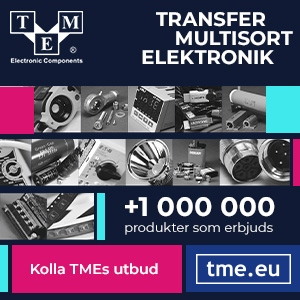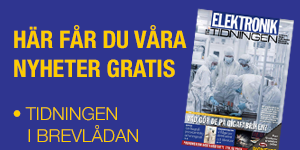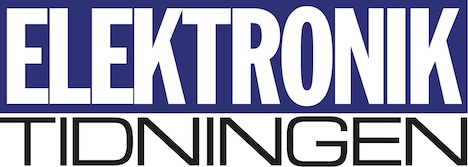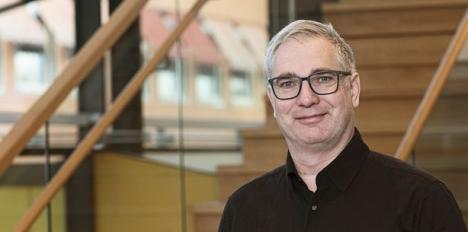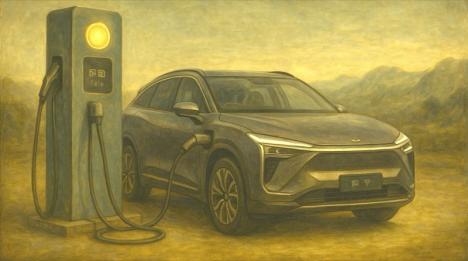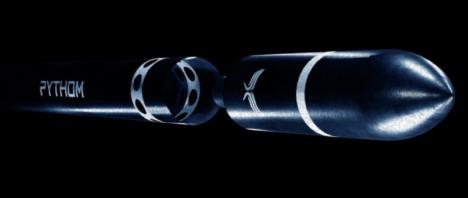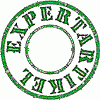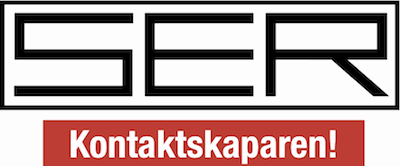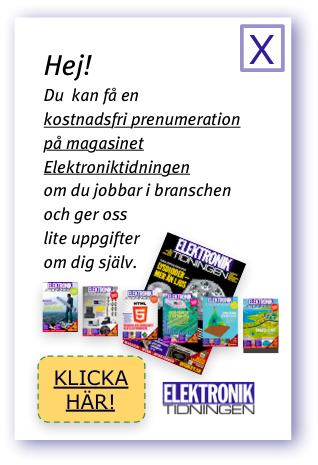Kurz, a former Ericsson employee, tells Elektroniktidningen how the wide range is achieved with a smart antenna sending a directional signal. Thereby it is possible to increase the range to 1,000 metres instead of the normal 10 or 100 metres.
The Bluetooth standard does not state which antenna technology should be used, but most system developers use a conventional antenna. Blue2Space is using ordinary Bluetooth chips with a proprietary, directional antenna. This creates a radio link for point-to-point traffic.
Bluetooth can handle both telecommunication and data communication and the capacity per link is 720Kbit/s. One possible competitor is the radio network standard IEEE 802.11b. At one kilometre the 802.11b reaches 11Mbit/s. However, a package like that would cost in total SEK40,000 ($4,000).
The company has not revealed exactly how the system works. According to experts at Ericsson the performance promised by Blue2Space is technically possible. However, it should not be too difficult for other system makers to develop similar products.
Currently, Blue2Space has some 30 employees and some 20 hired consultants working on the new radio link and other Bluetooth products.
Gittan Cedervall
